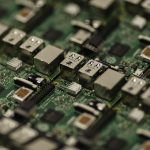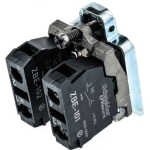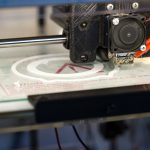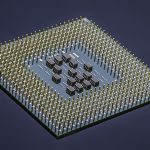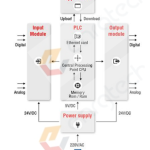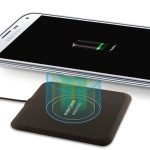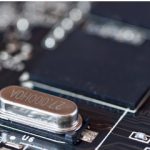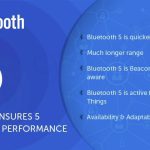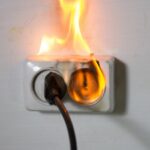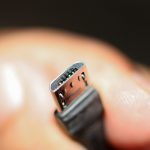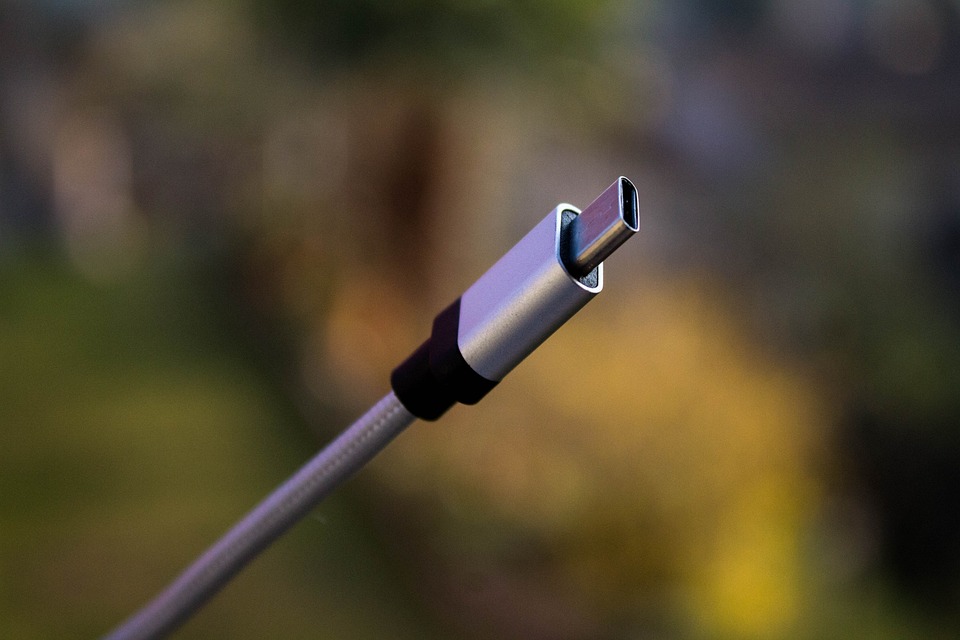
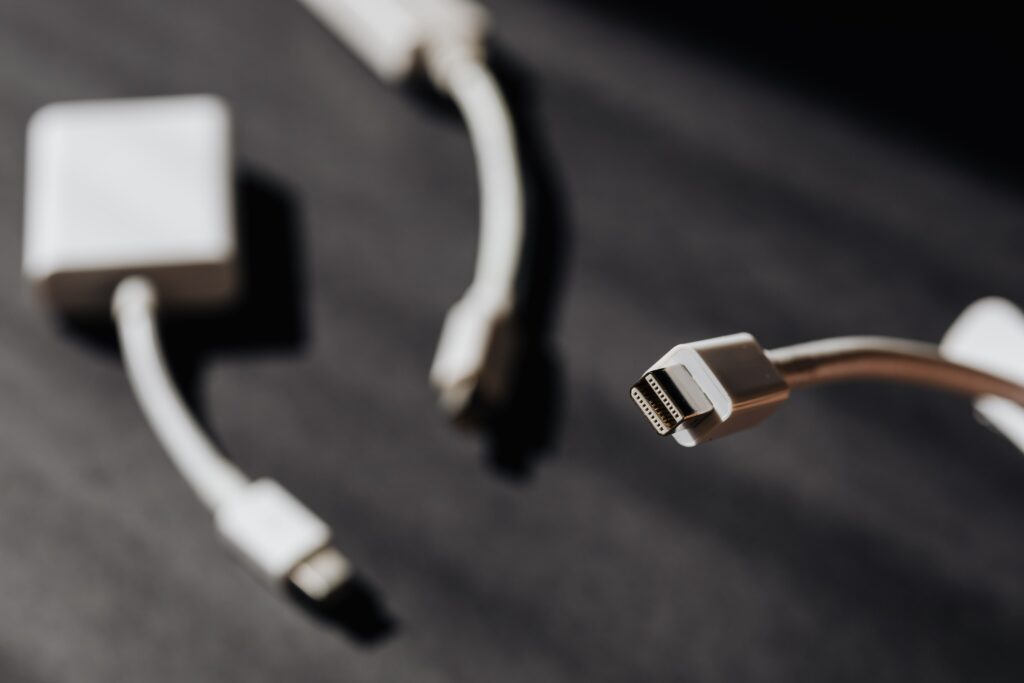
USB-C/PD (Power Delivery) system design is preferred to power or charge a great range of electronic equipment with easy connections and quick charging functionality. The USB-C/PD system design uses a USB type C connector and the power delivery protocol for power and data transmission applications in a great range of electronic devices. The Type-C USB connector is a small, versatile, and simple reversible connector that can deliver power, data, and video signals over a single cable and is commonly used in various portable electronic devices.
Furthermore, the power delivery (PD) protocol allows various devices to negotiate the required power and charging speed up to 1000W (maximum) over the USB type C cable. Thus, the USB-C/PD system can provide faster power and charge to compatible devices and peripherals, including printers, monitors, and hard drives.
Types of USB-C/PD System Designs:
There are various types of USB-C/PD system designs, including:
- Wall Chargers
- USB-C Chargers
- Car Chargers
- Power Banks
- Docking Stations.
Among the mentioned chargers, wall chargers are the most common type of USB-C/PD system design that charges electronic devices quickly. USB-C chargers are power adapters that use the USB-C connector designed to charge electronic devices, such as smartphones, laptops, tablets, and other portable devices. The USB-C connector is a small, oval-shaped reversible connector that can be plugged in either way and is standard for charging and data transfer. It differs from the USB-C/PD controller that is integrated into various devices having USB-C ports, is responsible for power delivery, manages data transfer, and is also used for device identification.
Moreover, car chargers, as the name indicates, are ideal for vehicles and charging smartphones and other devices while on the go. Power banks are portable chargers that can charge electronic devices when you are away from an electrical outlet. In addition, docking stations are designed to connect a laptop or other device to a range of peripherals, like displays, keyboards, and mice.
Working Principle of USB-C/PD System:
USB-C/PD system works straightforwardly by delivering power and data via a single cable. The USB-C cable transmits power and data up to 100 watts of power, where the power delivery protocol negotiates the power needs between the source (charger) and the sink (device). This negotiation ultimately allows the source to deliver the optimal power to the device, resulting in faster charging and more efficient power delivery.
Key Features of USB-C/PD System Designs with C Power Delivery:
USB-C/PD system designs come with a range of features briefly outlined below:
- It can deliver up to 100 watts of power, significantly more than other charging protocols.
- It transmits data through the same cable reducing clutter and making easy connectivity and dysconnectivity of compatible devices.
- They are designed to be reversible and can be inserted in any orientation.
- They support fast data transfer at up to 10Gbps, twice as common USB standards.
- The device is versatile in functionality, such as supporting audio and video data, and allows numerous data transfer types, including HDMI, USB, Thunderbolt, and DisplayPort.
- They are compatible with various devices (including older ones), such as USB 2.0 and USB 3.1, with USB-A or USB-B connectors.
- USB-C/PD also includes safety features, including overcurrent protection, overvoltage protection, and short circuit protection, ensuring users’ safety.
Benefits of USB-C/PD System Designs with C Power Delivery:
Some of the unmatchable benefits of USB-C/PD system include:
- Fast charging capabilities for a great range of electronic devices.
- They are safe, reliable, and durable, with long-lasting performance.
- They are integrated with a reversible design for easy insertion into devices in any orientation.
- They provide robust compatibility with various devices.
- Transmit data using a single cable.
- Support audio and video data transfer using the same cable.
USB-C/PD System Designs with C Power Delivery
Applications
Some common applications of USB-C/PD system designs with C power delivery include:
- Charging a great range of portable electronic devices, such as laptops, tablets, gaming devices, and smartphones.
- They also connect peripherals such as monitors, keyboards, and external hard drives to the laptop or desktop computers.
- Provide power to portable electronic devices, such as wireless earbuds or smartwatches.
- Used to transfer data to other types of devices, such as cameras or drones.
- Additionally, they are also used in docking stations for users connecting peripherals to laptops or other equipment.
The Bottom Lines
USB-C and power delivery system designs offer high flexibility, convenience, and compatibility to device manufacturers and end-users, allowing users to enjoy the convenience of using a single charger for all their devices and benefit from the enhanced safety and efficiency of USB-C/PD charging. Using USB-C and PD systems, it is possible to create universal charging solutions that operate with multiple portable and smart devices, including laptops, tablets, smartphones, and other electronic gadgets.






